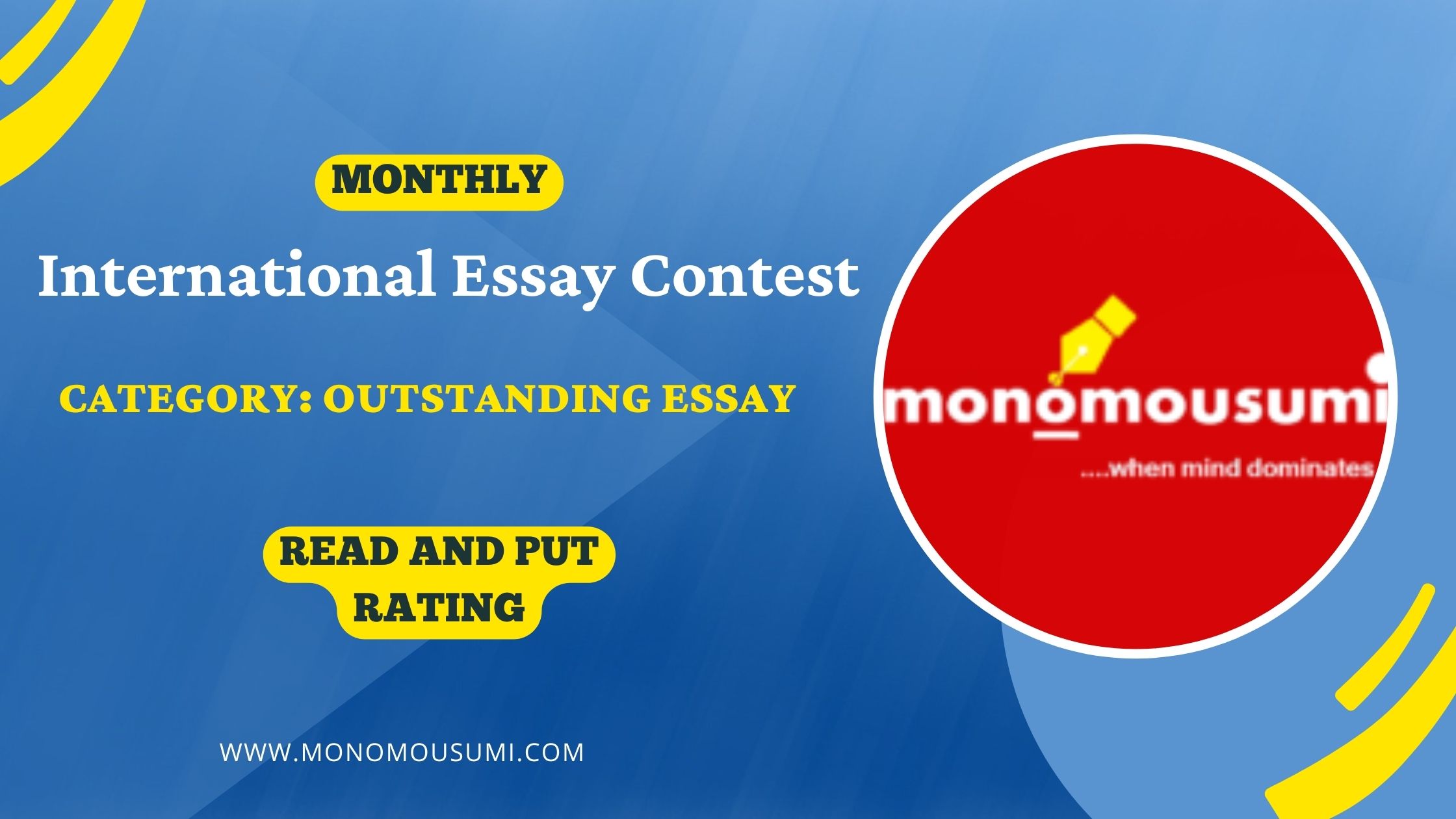
Frogs
Essay On:
“International Political Happenings in last ten years and its effect“
Russia’s strike on Ukraine might spark a conflict in Europe, on top of Russia’s demand that NATO’s eastward expansion be halted. The commencement of Russia’s main invasion of Ukraine, began with air and missile attacks on Ukrainian military sites before moving troops and tanks over Ukraine’s northern, eastern, and southern borders. On several fronts, the Ukrainian military fought back. Ukraine has been living in terror of war with Russia for over eight years, since the annexation of Crimea in 2014. . For a long time, Russia and Ukraine have been at odds, with Russia claiming Ukraine as part of its nation and opposing Ukraine’s growing links to the West. Russian President Vladimir Putin wants to recapture the former Soviet Union Republic. He requested that the Ukrainian soldiers put down their weapons.
Tensions Between Russia and Ukraine
Although tensions between Russia and Ukraine, a former Soviet republic, had simmered for some years, they began to boil over in early 2021. Ukraine’s President, Volodymyr Zelenskyy, pushed US President Joe Biden in January of last year to allow Ukraine to join NATO’s military. Meanwhile, inhabitants in Mariupol, a port city in southern Ukraine, have been suffering from a humanitarian catastrophe, with severe food, water, and heat shortages. Observers believed that the Russian shelling of Mariupol had damaged or destroyed over 90% of the city by late March. Russia says that the North Atlantic Treaty Organization’s (NATO) eastward expansion, which they refer to as “enlargement,” has put its interests at risk, and has demanded NATO for written security assurances.
To counter Russia’s intercontinental-range missiles, NATO has planned to construct missile defence systems in eastern Europe, led by the United States, in countries such as Poland and the Czech Republic. Russia has asked that NATO’s membership be limited to nations that share Russia’s borders, such as Ukraine and Georgia.
NATO Reduce Military Deployments
Russia requested that NATO reduce military deployments to 1990s levels and prevent the deployment of intermediate-range missiles in neighbouring countries, as well as limit military cooperation with Ukraine and other former Soviet republics.
Ukraine has suffered tremendous casualties in terms of personnel, warships, and planes as a result of Russian forces. The population of the nearby town of Vynnyky has decreased since Russia invaded her nation in February.
People Emigrated to Other Countries
Many mothers and children have emigrated to other countries, leaving men behind to look for jobs and wait to be conscripted. Russia increased its airstrikes on Kyiv, striking another another military facility. Russia demolished the production facilities of an armoured vehicle complex in Kyiv, Ukraine’s capital, and a military repair facility in Mykolaiv, Ukraine. More than 900 civilians’ remains were discovered outside the capital, according to authorities. The majority of the people had been killed by gunfire. Because of the drop in exports, cereal prices have risen in Africa, the world’s poorest continent, exacerbating the impact of conflict and climate change and raising worries of civil unrest. Africa “would be in a state of extremely acute starvation that might destabilise the continent” if wheat shipments from Ukraine do not begin. Russia and Ukraine provide 30% of the world wheat supply. For its invasion of Ukraine, the United States and the European Union blocked Russian oil imports and levied increasing sanctions on Russia.
While these actions slowed worldwide commerce in Russian fossil resources, they also contributed to a rise in global oil and gas prices.
The Ukrainian military has begun detonating and removing munitions and explosives from farm areas near Kyiv. Mines might harm up to 30% of Ukraine’s cropland, according to some estimates. The Russian invasion of Ukraine has had far-reaching effects in a variety of areas: the situation has deteriorated into a humanitarian catastrophe, posed a threat to food and energy security, and raised issues about the global security architecture. These issues will not be restricted to Ukraine, but will face challenges all across the world as a result of the globalised world we live in. This sort of hybrid conflict, with its severe humanitarian crises, cyber attacks, economic challenges, misinformation and propaganda efforts, geopolitical tensions over energy supplies, and the possibility of nuclear war, posses a serious threat to the world. More than eleven million people have fled their homes in Ukraine so far, with 5.3 million fleeing to neighbouring countries and 6.5 million being internally displaced within the nation while the fighting continues. Ukraine produces enough food to feed 400 million people throughout the world, including 50 percent of the world’s sunflower oil, 10% of the world’s grain, and 13% of the world’s corn. As of present, the Russian onslaught would prevent up to 30% of agriculture fields in Ukraine from being planted or harvested this year.
By: Abhisek Mallick
Write and Win: Participate in Creative writing Contest & International Essay Contest and win fabulous prizes.


